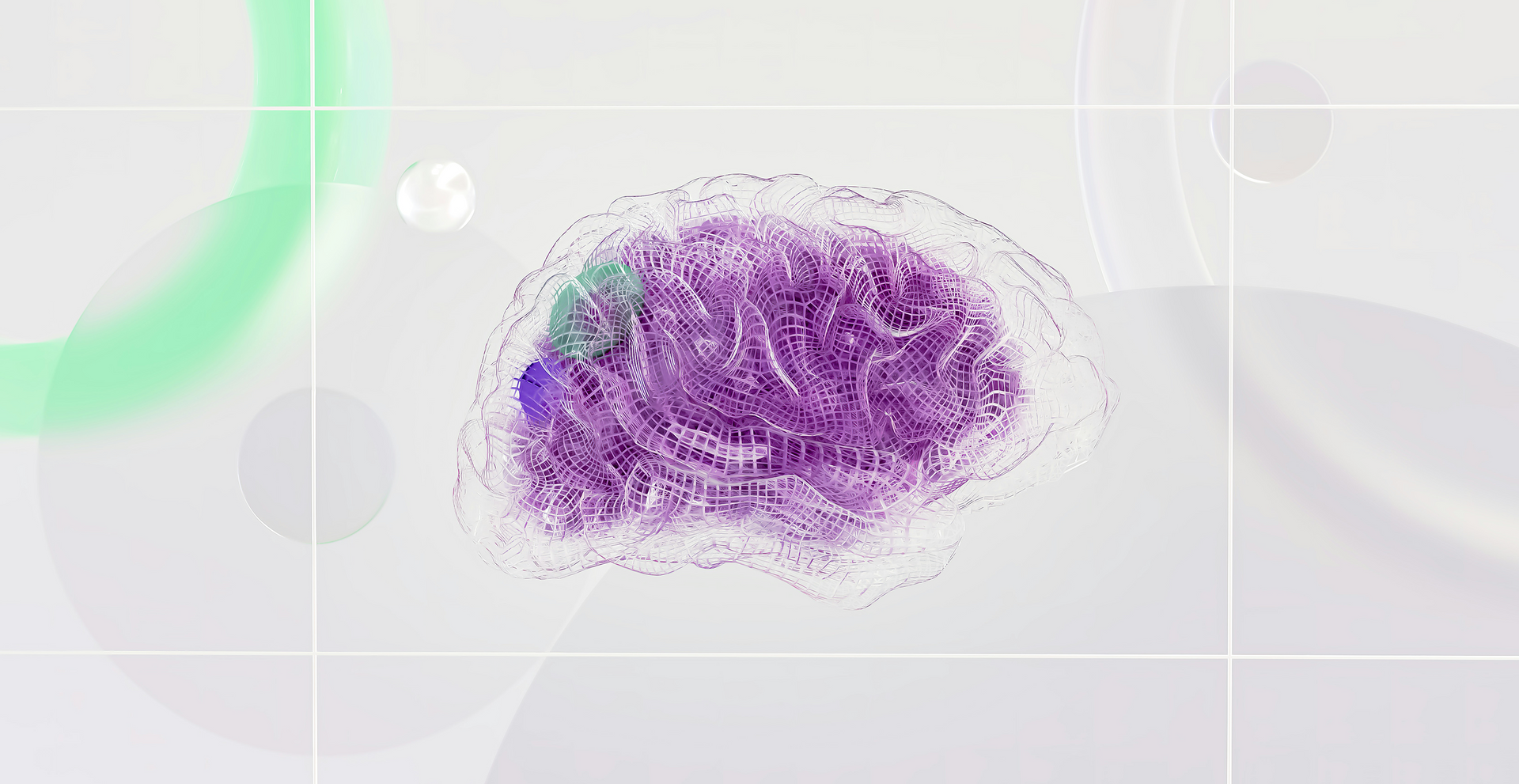Navigating the Journey to Find a Therapist Locally
Finding a therapist who truly understands you can be a game-changer in your mental health journey. With countless options available, be it local or tele-health, it can feel overwhelming to locate the right licensed therapist to meet your unique needs, especially if you are in crisis. Many people search for therapists, a psychologist, or psychiatrist in popular cities, which can influence their search and availability of therapists.
This blog post aims to demystify the process in finding the best mental health provider and also equip you with practical tips for finding a therapist that fits you like a glove. Are you local to Fort Myers Florida? Psychiatrist, Dr. Zaheer Aslam can help!
Why Finding the Right Therapist Matters
Your therapeutic relationship with your therapist can significantly impact the effectiveness of your treatment. According to a study, the therapeutic alliance is one of the most robust predictors of positive therapy outcomes. Simply put, feeling understood and supported by your therapist can make all the difference.
Building this relationship takes time and effort. But once you find the right match, your therapy sessions can become a safe space for growth, healing, and transformation. This is why it’s crucial to invest time and thought into choosing the right therapist, which involves several actions such as researching different therapy types and asking the right questions.
In this guide, we’ll explore eight key tips to help you in your search. From understanding different therapy types to knowing what questions to ask, we have you covered.
Understanding Different Types of Mental Health Therapies
Cognitive Behavioral Therapy (CBT)
Cognitive Behavioral Therapy (CBT) is an evidence-based approach that focuses on identifying and changing negative thought patterns and behaviors. It’s particularly effective for anxiety, depression, and PTSD. CBT is structured, goal-oriented, and often involves homework assignments.
Therapists who practice CBT work with you to develop coping strategies and healthier ways of thinking. This approach can be very hands-on and practical, making it a good fit for those who prefer a structured framework.
Psychodynamic Therapy
Psychodynamic therapy explores unconscious patterns and childhood experiences to understand current behaviors and emotions. This method aims to increase self-awareness and foster deep emotional healing, ultimately enhancing emotional well-being.
In psychodynamic therapy, your therapist will help you uncover unresolved conflicts and understand how they influence your present life. This type of therapy can be more exploratory and less structured than CBT, making it ideal for those seeking to understand themselves on a deeper level.
Humanistic Therapy
Humanistic therapy emphasizes personal growth and self-actualization through a client-centered approach. It operates on the belief that individuals have an innate potential for self-improvement and healing.
Therapists practicing this approach focus on creating a non-judgmental and empathetic environment. They encourage clients to explore their feelings and thoughts openly. Humanistic therapy can be a great choice if you’re looking for a supportive space to explore your inner experiences.
Considering Credentials and Specializations
Licensure and Certifications
Ensure your therapist is licensed to practice in your state and complies with state regulations. Common licenses include Licensed Professional Counselor (LPC), Licensed Clinical Social Worker (LCSW), and Licensed Marriage and Family Therapist (LMFT). These credentials indicate that the therapist has met specific educational and training requirements.
Additionally, some therapists hold certifications in specialized areas, such as trauma therapy or addiction counseling. These certifications can provide extra assurance that the therapist has expertise in dealing with specific issues.
Why Choose a Local Psychiatrist?
Working with a psychiatrist vs. an LPC, LCSW or LMFT can be particularly helpful in certain situations because of the psychiatrist’s medical training and expertise. Psychiatrists are medical doctors who have gone to medical school and specialized in psychiatry so they can diagnose complex mental health conditions and understand the medical aspects of those conditions including how they relate to physical health.
Unlike LPCs, LCSWs or LMFTs, psychiatrists can prescribe medication for mental health so are necessary for people who need medication for conditions like depression, anxiety or bipolar disorder. They can monitor medication effects, adjust dosages and manage side effects.
They can also provide a more holistic approach to treatment, combining psychotherapy and medication management and are better equipped to handle severe or complex mental health conditions. In crisis situations they can address the psychological and physiological aspects of the issue including hospitalization if necessary. Psychiatrists are also involved in research and stay current on the latest in psychiatric treatments so patients can get the latest care.
While LPCs, LCSWs and LMFTs are great at psychotherapy they don’t have medical training or authority to prescribe medication which can be a limitation for those who need a more integrated approach. Many people however find working with both a psychiatrist and a therapist is the total solution to their mental health needs.
Experience with Your Specific Issues
It’s essential to find a therapist who has experience treating the issues you’re facing. For instance, if you’re dealing with grief, look for a therapist who specializes in grief counseling and has specialized training in that area. If you’re struggling with substance abuse, seek out an addiction counselor.
Experienced therapists are likely to have a deeper understanding of your condition and the best strategies to address it. Don’t hesitate to ask potential therapists about their experience with your specific concerns.
Evaluating Compatibility and Comfort
Initial Consultation
Many therapists offer a free initial consultation, either in person or over the phone, which serves as an initial assessment. This session provides an opportunity to gauge your comfort level with the therapist and ask any preliminary questions.
Use this time to discuss your goals, preferences, and any concerns you may have. Pay attention to how the therapist responds and whether you feel heard and understood. Trust your instincts; if something feels off, it might not be the right fit.
Communication Style
Therapeutic approach is crucial in therapy. Some therapists are more direct and assertive, while others adopt a more gentle and reflective approach. Consider what communication style resonates with you and aligns with your needs.
For example, if you prefer direct feedback and clear guidance, a therapist with a straightforward approach might be a better fit. On the other hand, if you need a more nurturing and empathetic space, look for a therapist who emphasizes active listening and validation.
Exploring Practical Considerations
Location and Accessibility
Convenience plays a significant role in maintaining consistency in therapy. Look for a therapist whose office is easily accessible from your home or workplace, or consider telehealth services if in-person sessions are not feasible.
Online therapy platforms, such as BetterHelp and Talkspace, have gained popularity for their convenience and flexibility. They allow you to connect with licensed therapists from the comfort of your home, making therapy more accessible than ever.
Cost and Insurance
Therapy can be a significant financial investment, so it’s essential to consider the cost and your budget. Some therapists offer sliding scale fees based on income, while others accept insurance.
Verify whether your insurance plan covers mental health services and if the therapist is within your network. If cost is a concern, don’t hesitate to discuss it with potential therapists. Many are willing to work with clients to find a solution that fits their financial situation, including offering financial assistance.
Asking the Right Questions
Treatment Approach
In your initial consultation, ask potential therapists about their therapeutic techniques and treatment approach. Understanding their methods and techniques can help you determine if their style aligns with your preferences and goals.
For example, you might ask, “Can you explain how you typically structure your sessions?” or “What therapeutic techniques do you commonly use?” These questions can provide insight into the therapist’s framework and how it might benefit you.
Success Stories
While maintaining client confidentiality, therapists can often share general success stories or examples of how they’ve helped clients achieve positive outcomes and achieve their goals. Hearing about their past successes can boost your confidence in their abilities.
Ask questions like, “Can you share an example of how you’ve helped someone with similar issues?” This can give you a sense of the therapist’s track record and their ability to facilitate positive outcomes.
Trusting Your Instincts
The Gut Feeling
Your intuition is a powerful tool when choosing a therapist and ensuring emotional safety. Trust your gut feeling about whether a therapist is the right fit for you. If something doesn’t feel right, it’s okay to keep looking.
Remember, you deserve to feel comfortable and supported in therapy. Finding the right therapist may take time, but it’s worth the effort to ensure a positive and productive therapeutic relationship.
Flexibility and Adaptability
A good therapist should be willing to adapt their approach based on your client feedback and evolving needs. During your initial sessions, observe how the therapist responds to your input and whether they’re open to adjusting their methods.
Therapy is a collaborative process, and your therapist should be flexible enough to tailor their approach to your unique circumstances. This adaptability can enhance the effectiveness of your treatment and ensure that you receive the support you need.
Committing to the Process
Setting Realistic Expectations
Therapy is not a quick fix; it’s a process that requires time, effort, and commitment to achieve your long-term goals. Set realistic expectations for your therapeutic journey and be patient with yourself and your therapist.
Understand that progress might be gradual, and there may be ups and downs along the way. Celebrate small victories and stay committed to the process, even when it feels challenging.
Regularly Reassessing
Periodically reassess your therapeutic relationship to monitor treatment progress and ensure it continues to meet your needs. Discuss any concerns or changes in goals with your therapist and be open to adjusting your treatment plan as necessary.
Remember, therapy is a dynamic process, and your needs may evolve over time. Regular check-ins with your therapist can help ensure that you’re on the right track and receiving the support you need.
Conclusion & Local Support
Finding the right therapist is a crucial step in your mental health journey. By understanding different therapy types, considering practical factors, and trusting your instincts, you can locate a therapist who truly understands and supports you.
Remember, the effort you invest in this search is an investment in your well-being. Don’t hesitate to reach out for help and take advantage of the available resources. Your mental health matters, and finding the right therapist can make a world of difference.
Take the Next Step with SW Florida TMS & Ketamine
At SW Florida TMS & Ketamine, we are here to help you fight the battle against depression and other mental health issues such as anxiety, OCD, PTSD, and more. You can reach us at (239) 935-5599 or fill out our contact form to learn more about our treatment options.
Cited Source:
Stubbe, Dorothy E. “The Therapeutic Alliance: The Fundamental Element of Psychotherapy.” Focus (American Psychiatric Publishing) vol. 16,4 (2018): 402-403. doi:10.1176/appi.focus.20180022
MENTAL HEALTH SERVICES
BOOK A CONSULTATION
Knowing that you are not alone is of utmost importance. Seek assistance for depression today!
OUR SERVICE SUPPORTS MENTAL WELLNESS
- Depression
- Lack of Joy
- Sadness and Despair
- Low Mood
- Lethargy
- Insomnia
- Oversleeping
- Social Isolation
- Self-Harm
- Substance Abuse
- Suicidal Ideation
- Alcoholism









